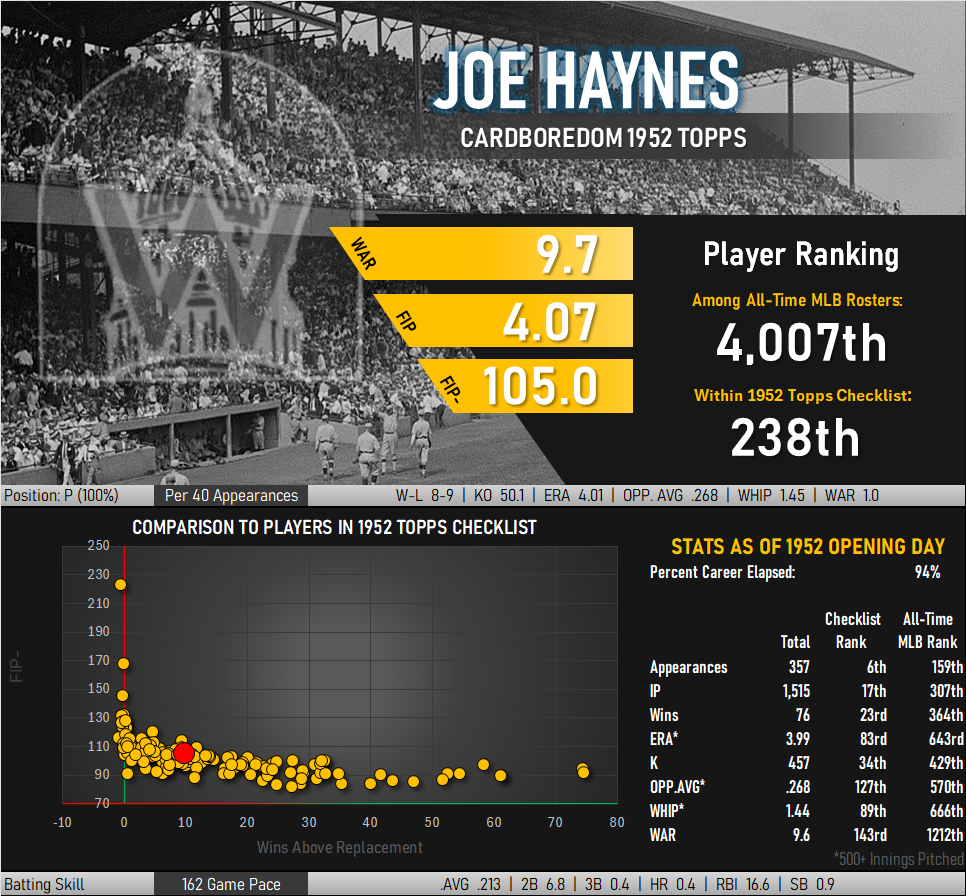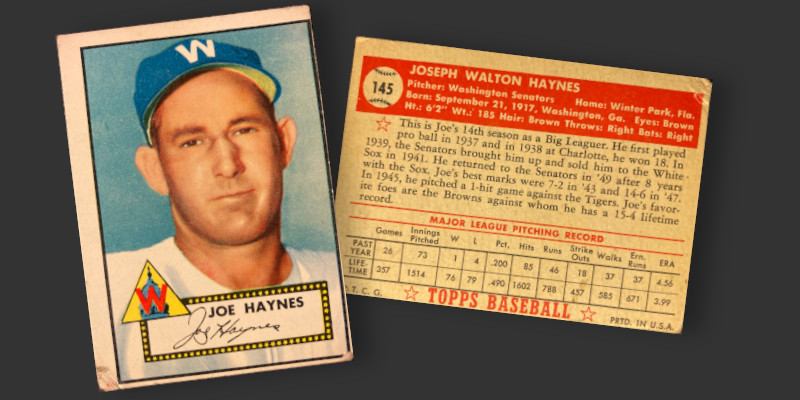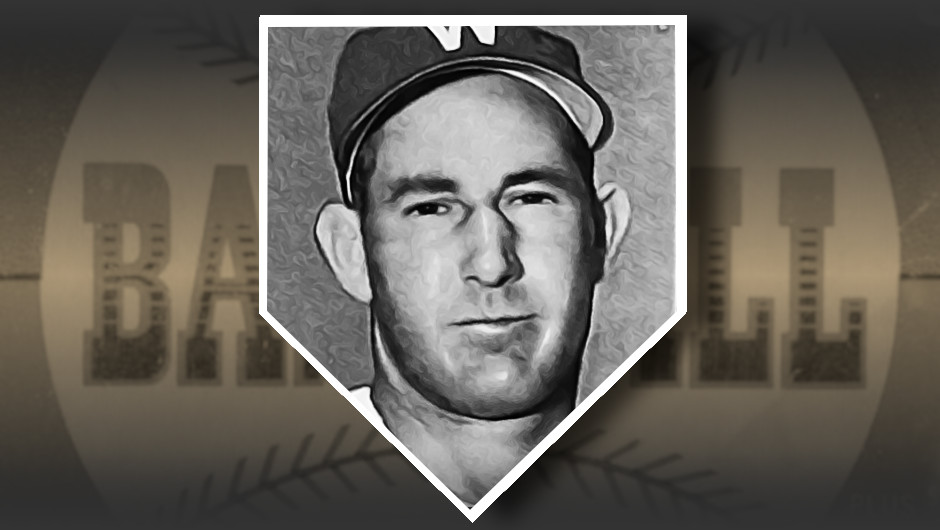A Reddit thread from a few years ago brought up an interesting fact about Chicago White Sox pitcher Joe Haynes. Despite posting a league leading 2.42 ERA in 182 innings of work in 1947, he lost the ERA title to Spud Chandler. Chandler racked up an ERA of 2.46 in only 128 innings. Why would Chandler get the title over Haynes?
The answer lies in how earlier baseball eras looked at the role of relief pitchers. Both Haynes and Chandlers were starters, taking the mound at the opening of 22 and 16 games respectively that season. The era’s statistical keepers figured (correctly) that relievers will likely post lower ERAs than starting pitchers. To keep bullpens from overpowering pitching leaderboards the rules of the time required pitchers to complete at least 10 games before qualifying for the ERA title. Haynes completed 9 games, disqualifying his performance from recognition. Chandler, on the other hand, completed 13 of his 16 starts.
Complete games have pretty much disappeared as the value of relievers has become more apparent and coaches try to limit pitch counts from starters. Last year Sandy Alcantara led the majors with 6 complete games. Based on the rules in place during 1947 there would have been no ERA title awarded in 2022. James Shields is the last MLB pitcher to hit double digit complete games (2011) and one would have to go back to 1998 to find another instance of players getting to 10 or more CGs (Scott Erickson and Curt Schilling).

Haynes was an average pitcher for most of his career and found his way back to the Washington Senators to close out his playing days. 1952 would be his final year at the MLB level, though Topps would use him to fill out the card manufacturer’s 1954 checklist. His return to the Senators could very well be a family affair, as he married the niece of team owner Clark Griffith in 1941. Haynes would go on to become an executive with the team’s front office after hanging up his glove.










